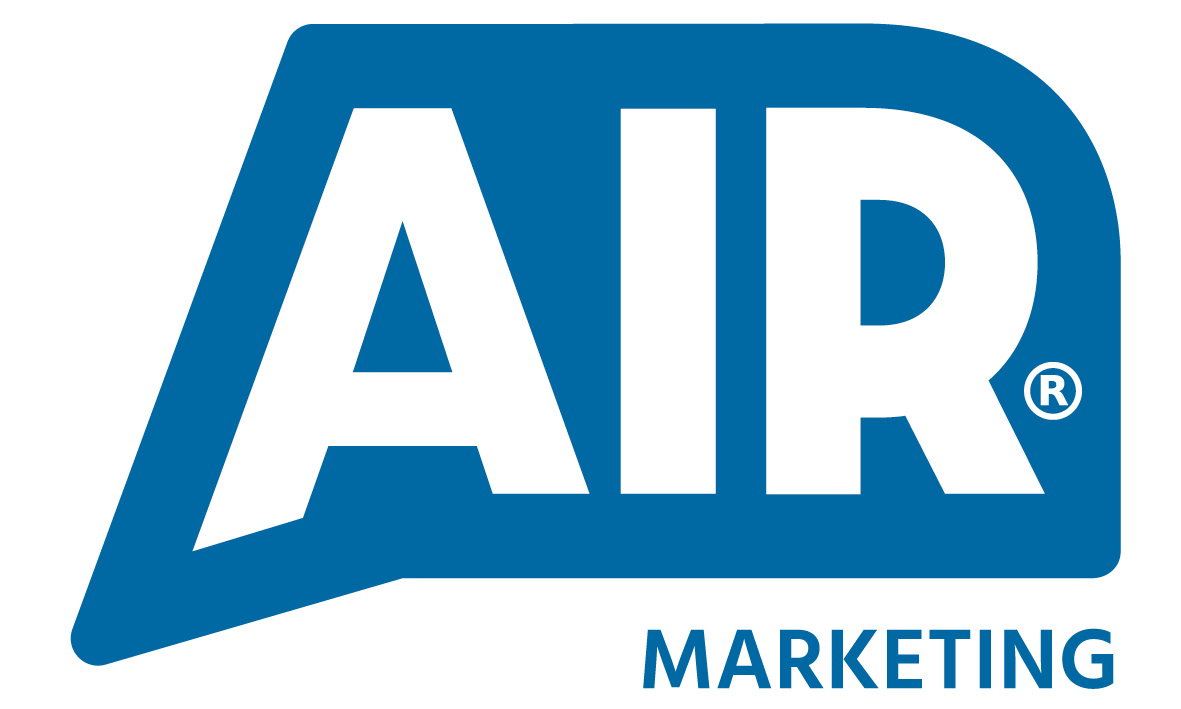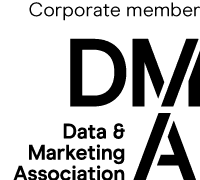The relationship between sales and marketing is famously a rocky one. If something goes wrong in the sales funnel, it’s easy to point blame at one another. If you work B2B, it’s likely that you’ve come across this argument around lead generation and conversion at some point in your career. Sales will often suggest that marketing have provided low quality, unqualified leads, or even a lack of leads. On the defending side, Marketing may imply that Sales don’t follow up leads and if they do, they don’t do it properly.
So how do you take the best from each department and turn the relationship into a happy union, resulting in business success for all?
Persona production
Marketing are fantastic at knowing the industry and who they should be targeting in regards to job titles, seniority and location. However, Sales can provide a valuable insight into which professionals both are and aren’t converting as leads and why. By working together and incorporating market research, comprehensive personas can be produced, or current versions refreshed. This will help Marketing to better target desired audiences and Sales to personalise pitches – resulting in increased acquisition.
Content collaboration
There’s an ongoing Marketing perception that the content they produce specifically for Sales is rarely utilised. Having worked together building and defining personas, take your new-found relationship to the next level by planning for and producing strategic content that targets leads at just the right time in the sales cycle. Naturally, Sales observe real FAQs and issues throughout the lead nurturing process and Marketing can turn these challenges into helpful solution assets.
Another great content strategy to consider is ghostwriting. Marketing can help build the credibility of Sales by positioning them as thought leaders in blogs and on social media. This will help build trust and most importantly, convert leads.
Strategy syncing
Turn your content collaboration into a long-term shared strategy that incorporates sponsored ads, email campaigns, social media, blogs, whitepapers and events (to name a few areas – depending on your business!). Supporting a shared message between Sales and Marketing will unify brand communications and tackle common goals.
Goal sharing
Defining shared goals may seem like an odd suggestion at top-level but there are a few insightful KPIs (key performance indicators) that complement the Sales and Marketing mix. After all, we are all working towards the same end game of improving the bottom line. Our partner and B2B lead generation software provider, Lead Forensics, suggest a variety of interesting KPIs including:
• Number of leads per channel
• Number of leads per asset
• Conversion rate of landing pages
• Ratios of MQLs (marketing qualified leads) to SQLs (sales qualified leads) and closed
• Lead scoring
• Email open rate
• Email click-through rate
• Cost of content
CRM integration
Integrating a Sales and Marketing CRM, such as Hubspot, is a brilliant solution for data sharing and visibility. Make the most of your CRM by setting lead scoring. ‘Lead scoring is the process of assigning values, often in the form of numerical “points,” to each lead you generate for the business. You can score your leads based on multiple attributes, including the professional information they’ve submitted to you and how they’ve engaged with your website and brand across the internet. This process helps sales and marketing teams prioritise leads, respond to them appropriately, and increase the rate at which those leads become customers.’ Learn more here.
Consistent communication
We all know that Sales have a competitive nature, but rivalry can be detrimental to business growth. Sometimes what can be seen as a lack of respect is actually a lack of understanding. In a busy environment, it’s important to set aside the time to keep each other up to date with anything that may be relevant to the other team, discuss your shared strategy, ideas and goals using easy to follow terminology. Analysing what both Sales and Marketing believe is working, who it’s working for and what could be improved will enhance synergy and streamline a route to success.
How do we know this works?
After exponential growth in our first two years as an outsourced sales agency, our ever-growing client base were often looking for other marketing services that could be provided to them within the group. We sensed a niche opportunity to help clients with their full marketing and sales demand creation by launching our marketing services line. As demand generation specialists, we build intelligent marketing capabilities to deliver marketing qualified leads to sales teams within ambitious sales led organisations.
Our sales and marketing services teams have been successfully working side-by-side for several years now – supporting one another, as well as clients, with their sales and marketing needs. We know that having a happy union between sales and marketing produces results and believe that this relationship should be at the forefront of businesses who are looking to grow.
If you are interested in exploring how Air Marketing can help you grow your business, contact us today: 0345 241 3038 / contact@air-marketing.co.uk.







